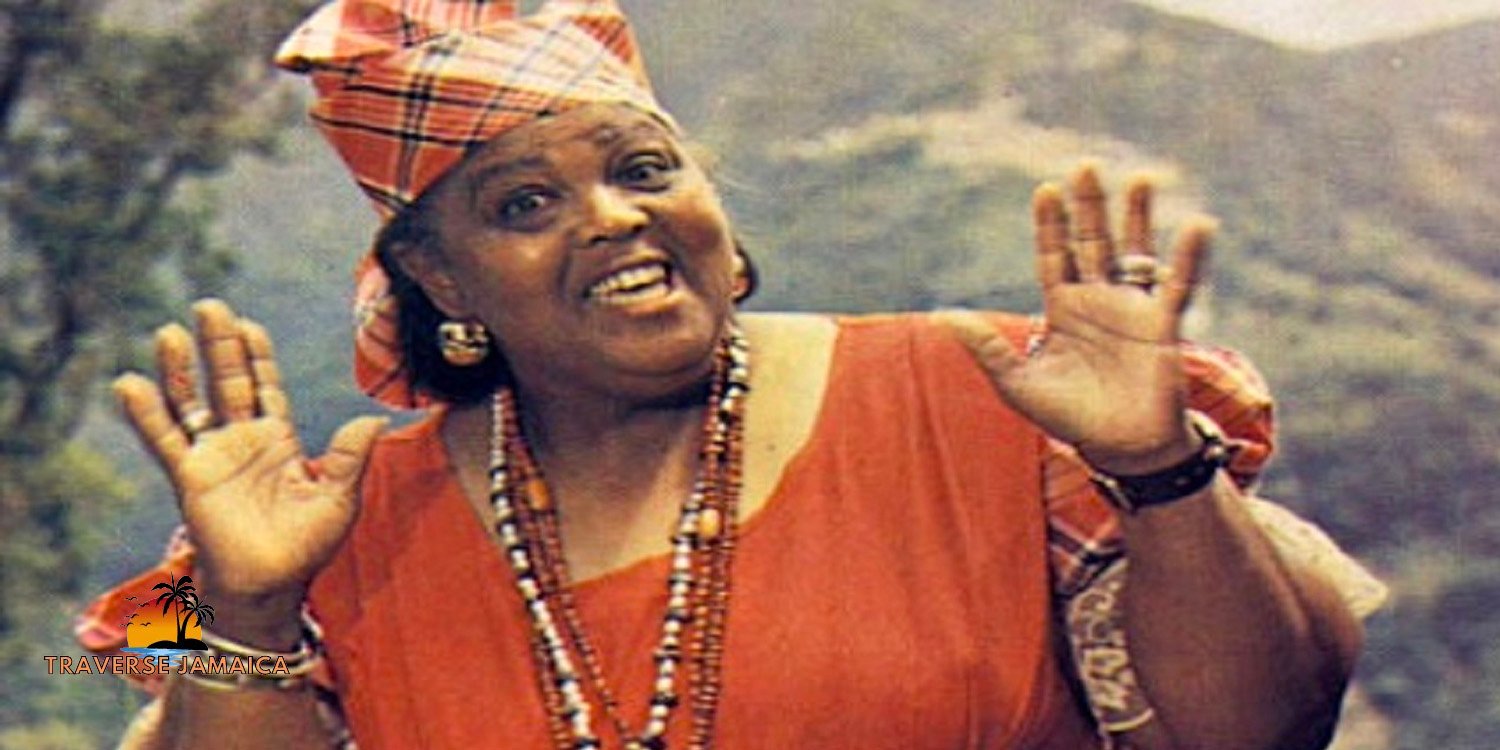Jamaica, a small island in the Caribbean, is globally known for its rich and vibrant culture. While many associate the island with reggae music and its famed icon, Bob Marley, Jamaica’s contributions to the performing arts, particularly theater, are no less significant. The Jamaican theater and performing arts scene is a tapestry woven from indigenous folklore, colonial influences, African heritage, and contemporary Caribbean experiences. This rich cultural environment has nurtured creativity and led to the development of unique theatrical forms and vibrant live performances.
This article takes an in-depth look at the evolution of Jamaican theater and its modern-day significance, highlighting the key influences, movements, and individuals that have shaped its development.
Early Influences and Colonial Beginnings
The roots of Jamaican theater can be traced back to the island’s colonial history. Jamaica was a British colony from 1655 until it gained independence in 1962, and much of its early theatrical expressions were shaped by British cultural influences. The early 19th century saw the establishment of theaters that primarily catered to the colonial elite. These performances largely mimicked European styles, focusing on British comedies, farces, and Shakespearean plays.
The Ward Theatre, opened in 1912, is an important historical landmark in Jamaican theater. Located in downtown Kingston, the Ward Theatre hosted British plays and was initially a space for the island’s upper classes. However, it later became a focal point for the development of homegrown talent and the integration of local cultural themes into performances.
Yet, while colonial theater catered to the tastes of the European elite, Jamaica’s Afro-Caribbean population had their own forms of cultural expression. These indigenous forms, rooted in African traditions, included storytelling, drumming, singing, and ceremonial dances. Traditional performances like the Jonkonnu festival, featuring elaborate costumes, music, and dance, provided a foundation for Jamaican folk theater. These early forms of performance celebrated the island’s African heritage and resonated deeply with the local population.
The Rise of Jamaican Folk Theater
Jamaican folk theater began to emerge more prominently in the early 20th century, as writers and performers started to explore the island’s cultural and historical experiences through dramatic works. Unlike the European-style productions that dominated the colonial theaters, folk theater emphasized local folklore, dialect, and social issues.
In the 1930s, Jamaican theater took a critical turn with the development of “Pantomime,” a unique blend of British pantomime and Caribbean folk culture. Although British pantomimes traditionally involved comedic interpretations of fairy tales, Jamaican Pantomime incorporated elements of African storytelling, local humor, and music. The result was an entirely new genre that became a national tradition. The annual LTM National Pantomime, founded in 1941 by the Little Theatre Movement, became a cornerstone of Jamaican theater and remains a popular event to this day. These pantomimes combine musical performance, comedy, and social commentary, reflecting the pulse of Jamaican life.
Playwrights like Louise Bennett-Coverley, also known as “Miss Lou,” played an instrumental role in shaping this form of theater. Miss Lou’s work is credited with elevating Jamaican Patois (the local dialect) and folklore, allowing them to become central to the island’s cultural identity. Through her writings, poetry, and performances, she challenged colonial norms and celebrated the language and traditions of the Jamaican people.
Post-Independence and the Golden Age of Jamaican Theater
The 1960s marked a transformative period in Jamaican theater, coinciding with the island’s independence from Britain in 1962. A sense of national pride and identity blossomed, which in turn fueled the development of theater as a tool for social and political commentary. The post-independence era gave rise to what many call the “Golden Age” of Jamaican theater. This period was characterized by the work of local playwrights who sought to express the island’s unique socio-political landscape and address pressing issues such as poverty, race, and identity.
One of the most influential playwrights during this period was Trevor Rhone, whose works gave voice to the everyday experiences of Jamaicans in a rapidly changing society. Rhone co-wrote The Harder They Come (1972), a seminal film that introduced Jamaican culture to the world, and he also wrote plays such as Smile Orange (1971) and Old Story Time (1979), which blended humor with social critique. Rhone’s plays tackled themes of colonialism, class divisions, and the struggle for personal empowerment, all while reflecting the island’s vibrant, resilient spirit.
Another key figure during this era was Dennis Scott, a playwright and poet whose works explored themes of alienation, identity, and power. His play An Echo in the Bone (1974) is considered one of the great masterpieces of Caribbean theater. Scott’s use of Jamaican folklore, ritual, and African-Caribbean spirituality within a modern theatrical framework made his work both innovative and deeply rooted in the island’s cultural heritage.
The Modern Jamaican Theater Scene
Today, Jamaican theater continues to thrive, building on the rich legacy of folk traditions, postcolonial expressions, and modern innovations. The themes of identity, culture, and politics that have historically dominated Jamaican theater remain relevant, but new voices and perspectives have also emerged.
Theater companies such as The National Dance Theatre Company of Jamaica (NDTC), The Jamaica Youth Theatre, and The Jamaica Musical Theatre Company are vital forces in keeping the performing arts alive and relevant. These groups, alongside independent artists, often tackle issues like globalization, migration, gender, and mental health in their productions, ensuring that Jamaican theater remains both socially engaged and artistically ambitious.
Contemporary playwrights like Dahlia Harris and Basil Dawkins continue to push the boundaries of Jamaican theater with socially charged and provocative works. Harris, in particular, has made significant contributions with plays like God’s Way (2017) and Thicker Than Water (2019), which explore themes of family, faith, and societal expectations. Dawkins, known for his rich character-driven dramas, has produced popular plays such as Who God Bless (2017), which blends humor with serious reflections on class and community.
Jamaica’s annual events, such as the LTM National Pantomime and the Jamaica Dance Umbrella, offer audiences the opportunity to see a wide range of performances from traditional to avant-garde, ensuring that theater remains a dynamic and integral part of Jamaican cultural life.
Jamaican Dance and Music in the Performing Arts
No discussion of Jamaican theater would be complete without acknowledging the central role that music and dance play in the island’s performing arts. From the early days of folk theater, music and dance have been essential elements of Jamaican performances, whether in the form of reggae, ska, mento, or dancehall music, or traditional African drum rhythms.
The National Dance Theatre Company (NDTC), founded in 1962 by Rex Nettleford and Eddy Thomas, has been instrumental in blending Caribbean folk traditions with modern dance. The NDTC’s performances are a fusion of storytelling, dance, and music, often reflecting the social, spiritual, and cultural experiences of the Jamaican people. Nettleford’s choreography, in particular, emphasized the importance of cultural identity and pride, drawing heavily from African and Caribbean influences.
Reggae music, which emerged in the 1960s and became Jamaica’s most globally recognized cultural export, has also influenced Jamaican theater and performing arts. Reggae’s themes of resistance, empowerment, and spirituality have found their way into theatrical performances, creating a unique interplay between music and drama that continues to shape the island’s cultural output.
Challenges and the Future of Jamaican Theater
While the Jamaican theater and performing arts scene is thriving, it faces several challenges. Funding and support for the arts have been inconsistent, with many productions relying heavily on sponsorships and community initiatives. Moreover, competition from digital entertainment has led to a decline in live theater audiences, making it more difficult for traditional theater companies to sustain themselves.
Despite these challenges, there is hope for the future. The rise of new media and the increased visibility of Caribbean culture on the global stage present exciting opportunities for Jamaican theater to reach wider audiences. Initiatives like the “Caribbean Voices” program, which promotes Caribbean playwrights and performances internationally, are helping to introduce new generations to the richness of Jamaican theater.
Conclusion
Jamaican theater and performing arts have come a long way from their colonial roots, evolving into a vibrant and diverse cultural expression. From the early folk traditions to the Golden Age of post-independence theater and the modern-day fusion of dance, music, and drama, the Jamaican performing arts scene continues to inspire and engage audiences both at home and abroad. Through the works of pioneering playwrights, innovative performers, and dedicated theater companies, Jamaican theater remains a powerful platform for exploring identity, culture, and social justice. As it moves into the future, Jamaican theater is poised to continue its tradition of bold creativity and cultural storytelling.









